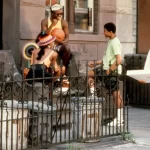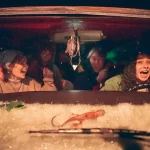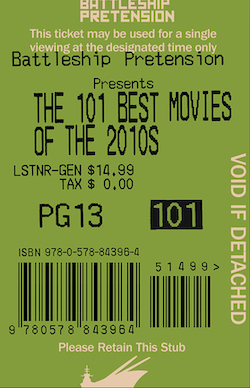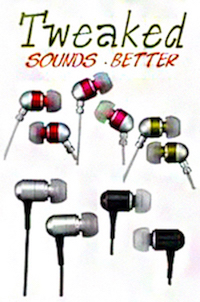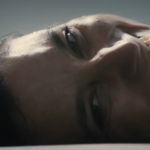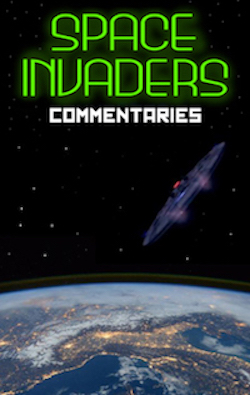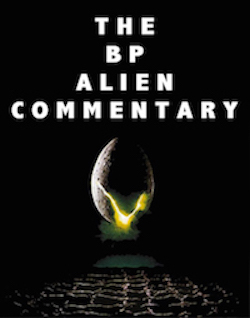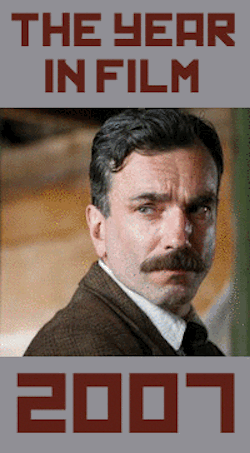Home Video Hovel: Trapped, by David Bax

Richard Fleischer’s Trapped–out now on Blu-ray from Flicker Alley–begins in unorthodox fashion for a film noir. A mini-documentary explains to us the purpose of the United States Department of the Treasury, specifically its agents, known collectively as the Secret Service (which was under the Treasury from 1865 to 2003, when it was moved into the Department of Homeland Security). Trapped, you see, is not an orthodox noir at all but rather–like 1954’s FBI-approved Down Three Dark Streets–a work of propaganda for federal law enforcement.
Lloyd Bridges stars, kind of, as Tris Stewart, a notorious counterfeiter doing hard time. When phony bills made with the same plates Stewart used start popping back up, though, the Secret Service make him a deal. In exchange for early parole, they’ll temporarily spring him from jail in a faked escape and allow him to make contact with his old cohorts in an attempt to track down the plates and who’s using them.
Trapped does offer some tangential joys for Angelenos like a brief car chase that passes through the intersection of Franklin and Ivar before a 101 off-ramp was constructed alongside it and multiple scenes shot at trolley car storage barns, both sad reminders of pre-freeway Los Angeles. Unfortunately, most of the movie is shot on uniform–and uniformly bland–sets that look like they belong to a high school theater department and are made to be quickly taken down before the color guard needs the stage for rehearsal.
But the real reason Trapped disappoints is because what makes for good propaganda doesn’t necessarily make for good drama. While Bridges shines where he can as a tough customer, the film feels it imperative that the agents can never be seen as letting him get one over on them, to the extent that he barely even qualifies as the lead character. Every noirish development is immediately deflated by the reassurance that the Secret Service knows what’s going on and is already poised to stop it. The Treasury might have enjoyed this movie more than the audience.
At least the restoration is good! That’s not a surprise given that it comes from the UCLA Film and Television Archive, who always do good work, under the sponsorship of the Film Noir Foundation and the Hollywood Foreign Press Association (who actually do a lot of cool stuff besides putting on their ridiculous annual awards show). Some dirt and scratches remain and even add texture but the image quality as a whole is sharp and consistent.
Special features include a featurette on the film’s making and legacy, a featurette on Fleischer, an audio commentary by author Alan K. Rode and film historian Julie Kirgo and a very cool booklet filled with photos and promotional art.

